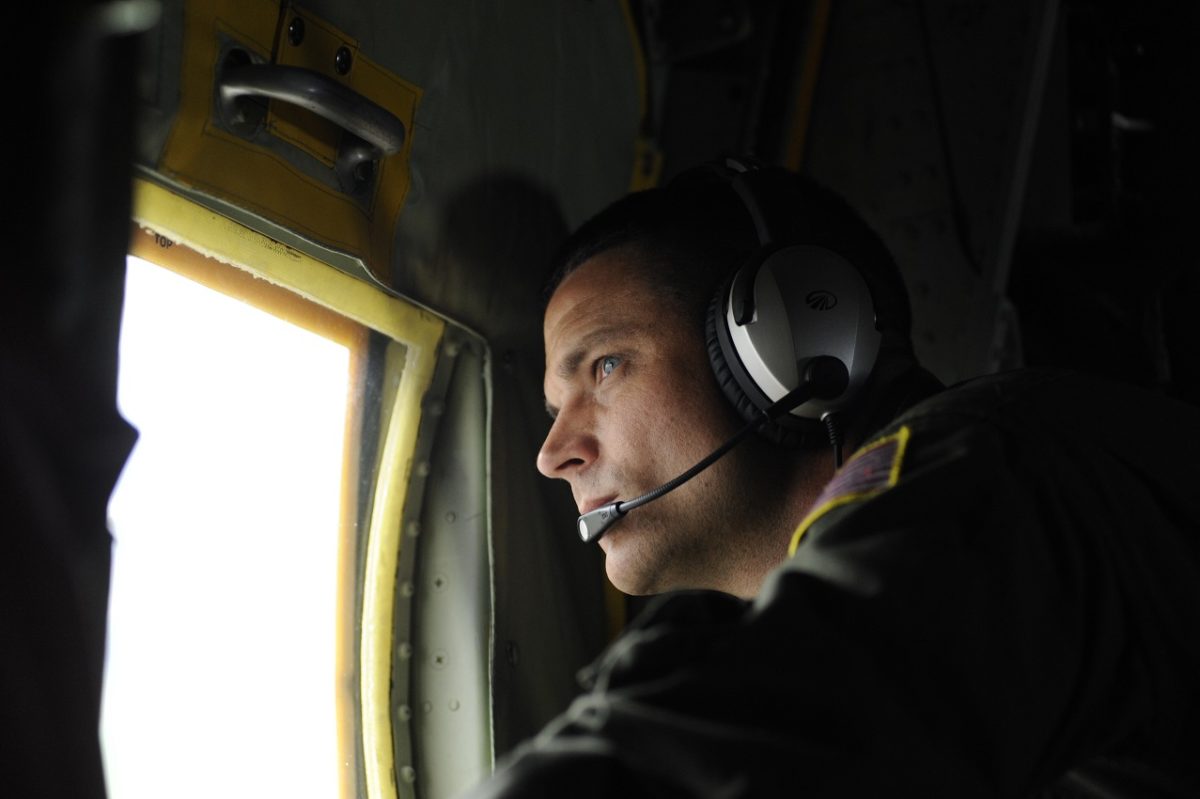Global Crude in Transit Reaches Record 1.24 Billion Barrels as Supply Surges
A flotilla of crude oil on the world’s oceans expanded to a fresh high as producer nations keep adding barrels and the tankers sail further for deliveries.

U.S. Coast Guard photo by Petty Officer 3rd Class David Weydert
When the U.S. Coast Guard found, and then left, a body believed to be from the the lost SS El Faro, many may have been confused. Leaving the body means almost certainly leaving it forever and the absence of real closure for a family. It almost feels… cruel. The harsh reality is that bringing the body to shore would have been even more so.
“Our focus is on survivors. That’s our mission,” said Captain Mark Fedor in a press conference held earlier today. Fedor was talking about the need to move on quickly to other reported targets that may be lost if delays occur. Nothing can be done for the dead, and trying may mean the death of others. It’s an awful decision to have to make.
A Different Kind of Search Now
Leaving the body behind underscores what separates the El Faro search from the average rescue mission: the 32 others that they still hope to find.
Finding a single body in a survival suit means the Coast Guard has to assume that 32 people are somewhere in the open water and spread out over hundreds of square miles and getting farther apart every hour. The El Faro case has gone from a search for a single big thing to 32 very small things. This isn’t a needle in a haystack. This is 32 needles in an ever-growing hay field. This search has become more complex than any in recent memory.
Though all are hoping that survivors made it to the other life boat or into a raft, until they find a raft or another life boat those searching will not assume so, and will be in what can only be described as a controlled mad scramble.
They will race the clock and the setting sun chasing targets and reports of everything that looks like it could be… anything. A small orange flash will become a possible survivor in an immersion suit and the nearest helicopter or boat will be sent to investigate, verify the target, and move on to the next target. Anything white will become a possible survivor not in an immersion suit. Chase – verify – repeat; and they can’t lose hope, and it’s life and death, and all of them will hate it if they have to head back to base empty.
They will do this, no matter how many survivors or bodies they find, unless they find all of them, until the data tells them that survival in the conditions of the search area are impossible. That’s when Fedor will have to call the search. I’ve never met him but I know he hates that part of his job the most. All in his position do.
(Another unspoken harsh reality of search and rescue is that those men and women flying the last search pattern will know they are. They take it personally.)
How Long They Search
It was little more than two months ago when these same search crews called off their seven-day search for two missing teenagers. The El Faro was lost farther south in water perhaps slightly warmer. And the crew had access to survival suits.
There is a lot of data that feeds the Coast Guard’s tool – the Probability of Survival Decision Aid (PSDA) – used to predict survival time. They factor in air temp, water temp, sea state, humidity, etc., and also include details about the victims. They use age and weight and sex and what they were wearing, also what gear they have on. Assuming – as they must – that all survivors made it off the El Faro in an immersion suit, this massive search for 32 still-missing crew could last a very long time indeed.
Leaving the body behind was a necessary bad thing done for the good of the others who may still be alive. There are 32 of them and they are out there somewhere and the clock is running. It’s a harsh reality to take in and I’m sure those men and women out there searching wish they didn’t have to do it, but it’s the kind of decision that sometimes has to be made. Let’s hope, along with them, that they won’t have to make it again.
[contextly_sidebar id=”qtmZXDehqdD6ARXcMCf8ZywGDzKeo5CD”]

Sign up for gCaptain’s newsletter and never miss an update

Subscribe to gCaptain Daily and stay informed with the latest global maritime and offshore news
Essential news coupled with the finest maritime content sourced from across the globe.
Sign Up